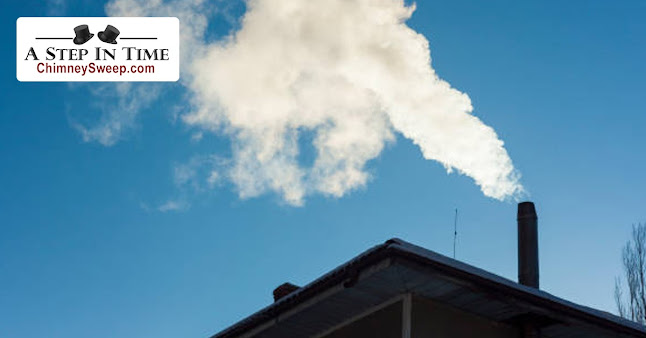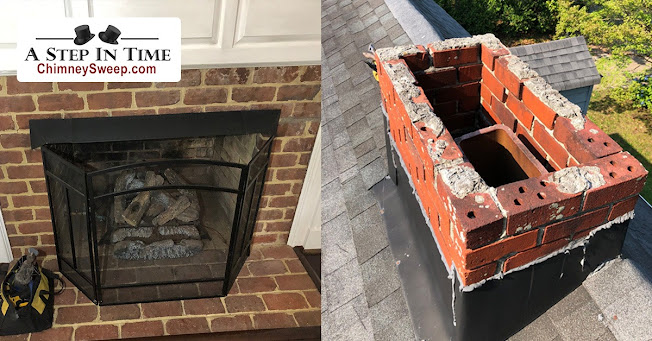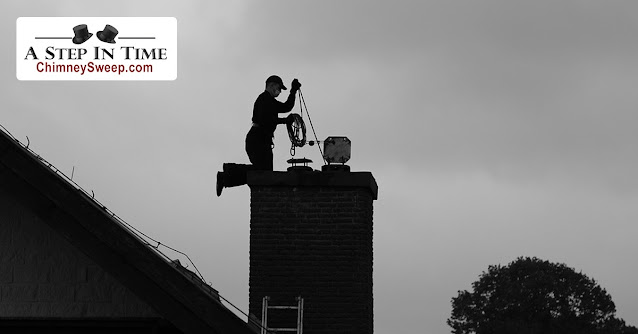A Comprehensive Guide to Improve Chimney Draft and its performance

A well-functioning chimney draft is essential for efficient fireplace operation. It ensures proper ventilation, enhances combustion and prevents the buildup of harmful gases inside your home. However, if you find that your chimney draft is inadequate, resulting in poor performance and smoke-filled rooms, fear not! In this blog, we will explore various methods to increase chimney drafts and transform your fireplace into a more efficient and enjoyable source of warmth. Understanding Chimney Draft Before delving into the ways to enhance the chimney draft, it’s crucial to grasp the concept itself. Chimney draft refers to the movement of air through the chimney flue, which is generated by the temperature difference between the air inside and outside the chimney. As warm air rises, it creates a negative pressure zone that draws in fresh air from the room, fueling combustion and expelling smoke and fumes. Factors Affecting Chimney Draft Several factors can influence the performance of you

.jpg)

.jpg)
